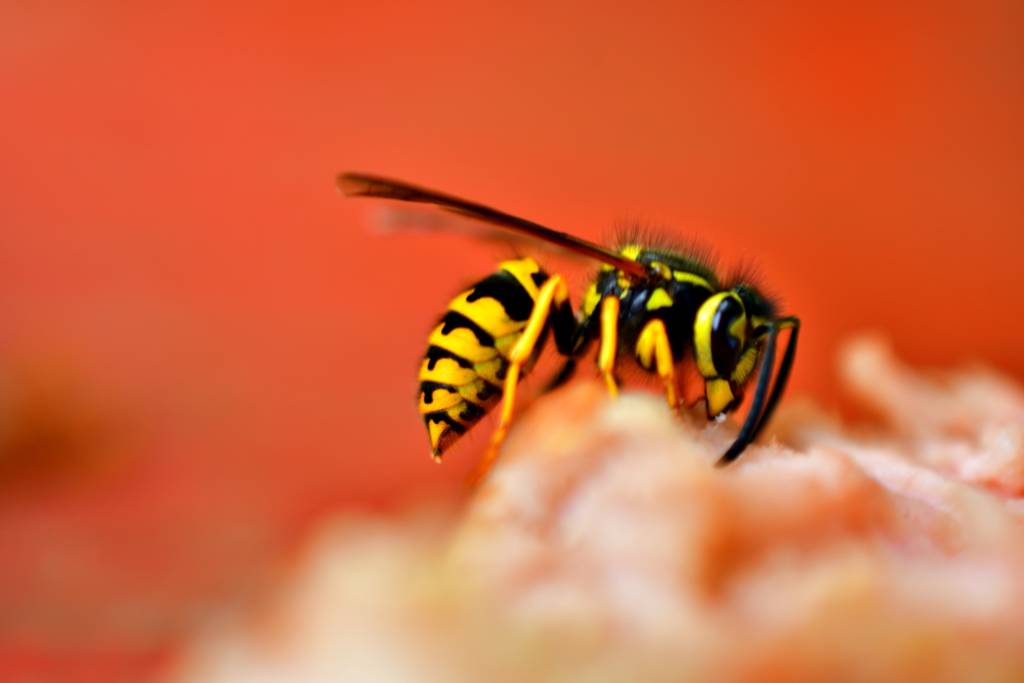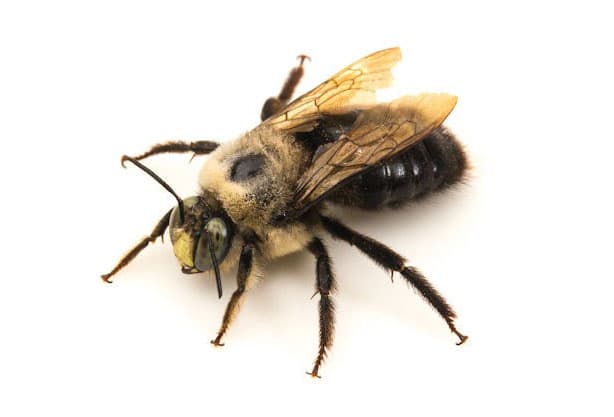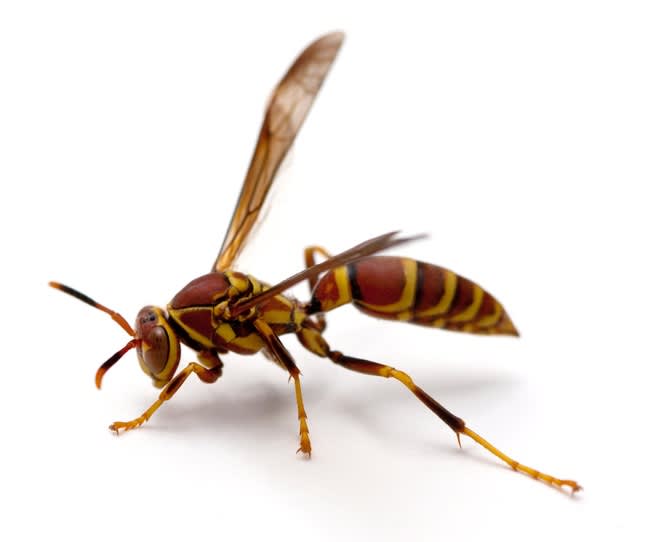Yellow Jackets

What is a yellow jacket?
Yellow Jackets are a very common pest that bothers Texas homeowners during the spring. The yellow jacket is easily recognizable on sight when someone knows what to look for, and they are pests that one does not want to keep around due to their aggressive and persistent nature when angered.
What does a yellow jacket look like?
Yellow stripes that cover their body, and long thick antennas (similar to hornets). However, people get Yellow Jackets confused with Honey Bees. Yellow jackets on the other hand can get aggressive with loud noise, since they are more territorial than honey bees.
What does a yellow jacket nest look like?
Yellowjackets don’t stop building their nests all season long (unlike wasps who prefer to stop at a certain size). They are the most active during the summer and fall. Some nests can be as large as a five-gallon bucket up to the size of an aquarium, all while being hidden 1-3 feet underground.
A nest can turn up to be the size of a softball. Each nest can have 3,000 - 5,000 active workers by the end of the season. Where do yellow jackets nest? Unlike honey bees or wasps, yellowjackets usually like to stay in the ground. During the spring, the Yellow Jacket queen will dig a hole straight down into the ground and form a large, paper nest that can resemble a miniature parking garage. Here are some locations:
- Grounds
- Weep holes (holes on the side of the house)
- Walls
- Garage
- Exposed Shade
- In or hanging on a tree
Do yellow jackets pollinate?
There is a yellow jacket queen, workers, and drones. The male drones' main function is to be ready to fertilize a receptive queen. Workers do all the different tasks needed to operate and maintain the nest. They eat pests and pollinate.
If their nest is exposed outside, male yellow jackets need to mate with the females. As winter approaches the males will die off, and the fertilized females will seek shelter for the winter to become next year’s queens. In the spring, the queens will re-emerge and begin to build nests.
Do yellow jackets sting?
They are aggressive and protective of their nest. If a yellow jacket stings you, you should run inside immediately to the house or at a far distance. Their stings are level 2 pain intensity out of 4 being the most painful (similar to honey bees), so you do not want to get stung. Not getting to a safe place can be harmful to you or those around you, because yellow jackets are able to sting multiple times unlike honey bees.
How to get rid of yellow jackets?
Our years of experience and customer satisfaction and safety allow us to be one of the top-rated bee removal companies in the area. Not only do we take care of your bee infestation, we can also help with bee control, full hive removal, bee proofing, Africanized bee control, yellow jacket removal, wasp removal, and protection against bumblebees and other stinging insects. One hive can contain thousands of bees and removing them yourself can pose a life-threatening risk. The Bee Removal Specialist will take care of your beehive safely and efficiently.
Check out this video of a yellow jackets nest.
If you want to know the difference between yellow jackets and honey bees you can read this post.









